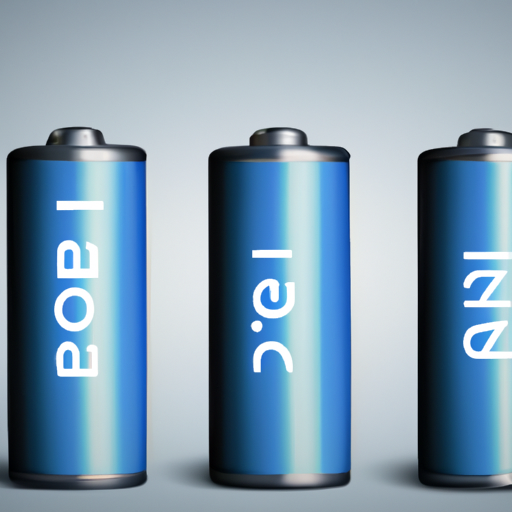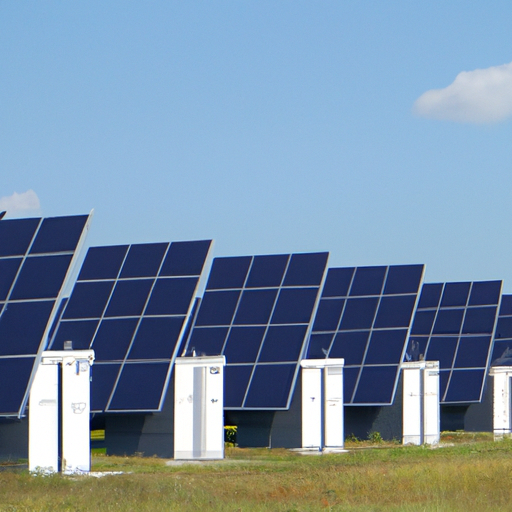In recent years, the demand for more efficient and durable energy storage solutions has exponentially increased. This has led to significant advancements in next-gen battery technology, promising to transform the way we store and use energy, particularly in sectors like renewable energy and electric vehicles.
The Evolution of Battery Technology
For decades, the lithium-ion battery has been the backbone of portable electronics and electric vehicles. While these batteries have improved over time, they still face limitations in energy density, charging speed, and lifespan. However, researchers are now entering a new era of battery innovation.
What Are Solid-State Batteries?
At the forefront of next-gen battery technology are solid-state batteries. Unlike traditional lithium-ion batteries that use liquid electrolytes, solid-state batteries utilize solid electrolytes. This shift not only enhances safety by reducing the risk of leaks and fires but also significantly increases energy density. As a result, solid-state batteries can store more energy in a smaller space, making them ideal for electric vehicles and compact electronic devices.
Benefits of Next-Gen Battery Technology
- Higher Energy Density: Solid-state batteries can potentially double the energy storage capacity compared to conventional batteries.
- Faster Charging Times: These batteries can allow for quicker recharging, making electric vehicles more convenient for everyday use.
- Longer Lifespan: Next-gen batteries are expected to last longer, reducing the frequency of replacements and thus lowering overall costs in the long term.
- Enhanced Safety: The elimination of flammable liquid electrolytes makes solid-state batteries significantly safer.
Impact on Renewable Energy
As the world shifts towards renewable energy sources such as solar and wind, efficient energy storage becomes critical. Next-gen battery technologies can store excess energy produced during peak production times for use during periods of low production, thus ensuring a stable energy supply. This capability not only makes our power grid more reliable but also helps reduce our carbon footprint.
The Future of Electric Vehicles
Electric vehicles (EVs) represent one of the most promising applications for next-gen battery technology. With advancements in solid-state batteries, we can expect EVs to achieve longer ranges, shorter charging times, and greater overall performance. Manufacturers are investing heavily in this technology, with several companies already announcing plans to roll out solid-state batteries in their upcoming models.
Challenges Ahead
Despite the exciting potential of next-gen battery technology, several challenges need to be addressed. Manufacturing processes must be refined to produce these batteries at scale while minimizing costs. Additionally, further research is needed to understand the long-term performance and environmental impacts of these new technologies.
Conclusion
Next-gen battery technology is set to redefine our approach to energy storage and usage, paving the way for a more sustainable and efficient future. As we continue to innovate in this space, the implications for renewable energy, electric vehicles, and our overall energy economy are profound. Stay tuned as researchers and industries collaborate to bring these revolutionary technologies to market.
Call to Action: Interested in learning more about innovative technologies? Subscribe to our newsletter for the latest updates!






